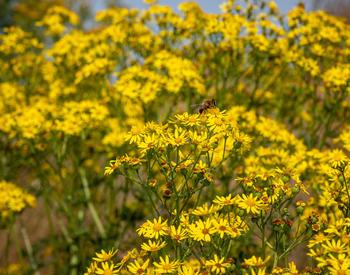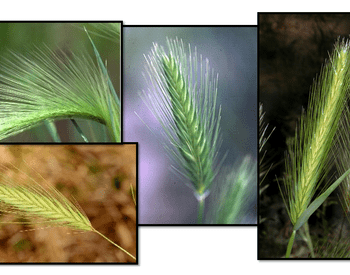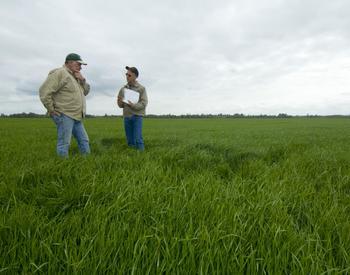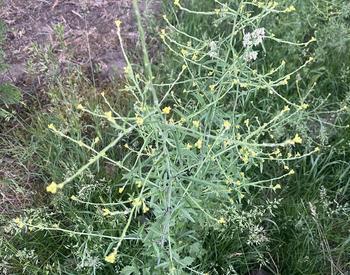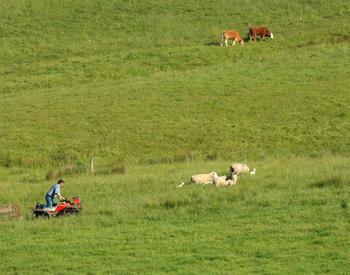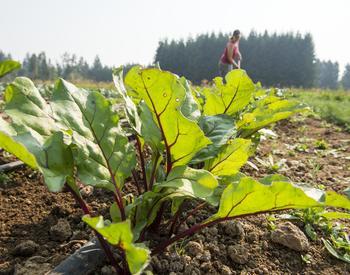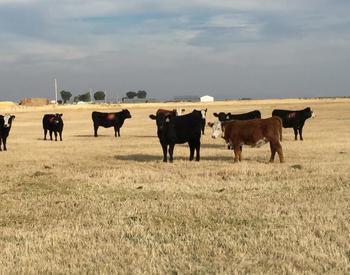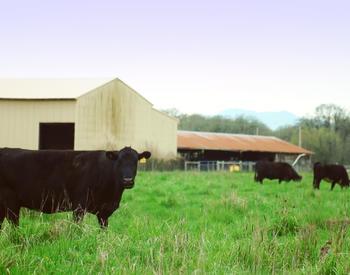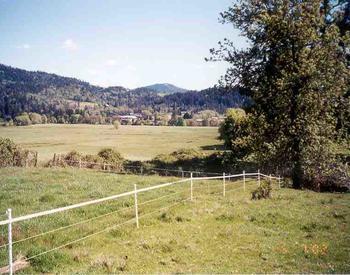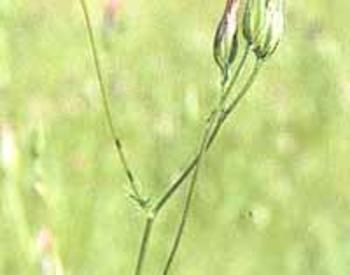Transcript
Welcome to living on the land. Your source of useful information for Eastern Oregon Country living. Brought to you by your Oregon State University Extension Service. Winter can be a tough time for your animals. Low temperatures and moist air can be stressful, especially on sick, elderly or younger animals. Most livestock are pretty well adapted to cold weather and can handle wind chills above 20 degrees. But you still want to provide them with shelter from cold rains, wet snow and wind. 3 sided sheds offer protection. Build them with the opening oriented away from prevailing winds. Make them big enough for animals to lie down comfortably. With good clean, dry bedding to insulate them from the cold ground. In cold weather, many folks think they need to feed their livestock extra grain. But livestock produced body heat through the fermentation of fiber, so it's a better idea to feed them good quality grass, hay or alfalfa. It's less expensive than grain, too. And when it comes to getting the right amount of food to your livestock and winter, a good guideline is to feed adult animals two to three per cent of their body weight per day. Another important consideration for winter livestock feeding is water. Water is essential for their digestion, which is your animal's built-in heater for cold weather. Don't count on them eating snow. Snow is a poor source of water and will reduce their core body temperatures dangerously. Instead, supply them with water above 40 degrees several times a day. That may mean adding a livestock water tank. Heater to be. You're taking good care of your animals welfare. Remember, for livestock, like so many things in life, an ounce of prevention is worth a. Pound of cure. The best preparation is to have your animals in good condition and at a healthy weight to meet the challenges of cold weather. You've been listening to living on the land. For more details on pasture and livestock management, contact your local Oregon State University extension agent. Soil and Water conservation District or Oregon Department of Agriculture.
This podcast episode is part of the Living on the Land series. It provides concise information on the basics of managing livestock in winter, including use of sound production practices. Particularly for the region east of the Cascade Mountains.
This is from the Living on the Land series. Download the related PDF - Living on the Land: Winter Livestock Care
The phrase “Living on The Land” is used with permission from Living on The Land Stewardship for Small Acreage, © 2008, UNCE/WSARE.
